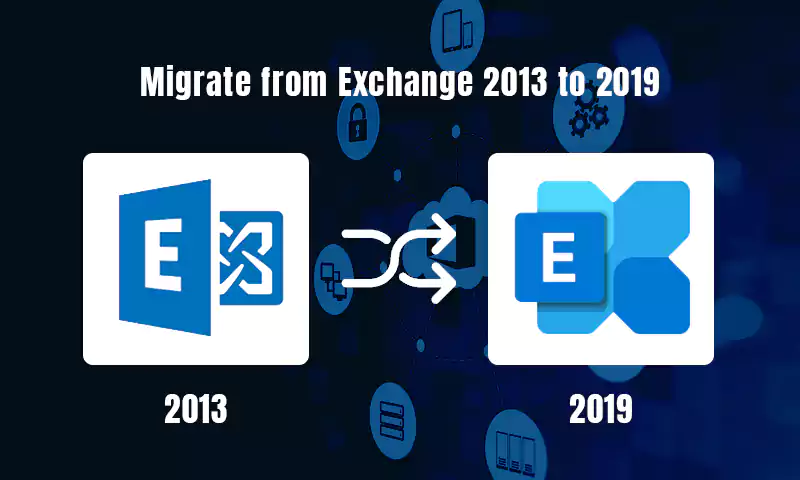
Server migration is a very stressful task, and it involves moving business-critical data between different locations. Since Exchange 2013 is nearly at the end of its road, the number of businesses that are looking into migration away from it increases. While there is more than one possible target server to migrate to, Exchange 2013 hybrid migration to Office 365 seems to be one of the most popular scenarios. In this article, I’ll show you what the available methods are to migrate from Exchange 2013 to 2019.
You have different migration methods available if you want to migrate mailboxes to Exchange Online.
- Cutover Migration – a classic approach to migration. Exchange 2013 is the last on-premises Exchange version that allows this kind of mailbox move. In short, it allows you to migrate all mailbox content in one hop. It cannot be performed if you have more than 2000 mailboxes, but as Microsoft’s article suggests, “due to the length of time it takes to create and migrate 2000 users, it is more reasonable to move 150 users or fewer.”
- Manual Methods – usually include recreating your company’s structure in the cloud and using PST files to migrate content. That means exporting PST files on the source server and importing them to the target environment. Due to a lot of heavy lifting, the fragility of PST files, and the multiple levels on which it can go wrong, it is not recommended. Still, if you have only a backup and a few mailboxes in place, this might just work.
- Third-party Tool – use different ways to make the move smoother, quicker, and easier. They are especially helpful when migrating big environments with hundreds or thousands of mailboxes. After migrating, users will be able to work by accessing Exchange 2019 as their Exchange Server while being redirected to the Exchange 2013 Server as the location of their mailbox. In this way, you can easily access data on Azure WVD anywhere and anytime with the help of a third-party service.
- Hybrid Migration – a hybrid migration means that you create and configure an environment with both an on-premises Exchange server and Exchange Online and move content from on-prem mailboxes to remote mailboxes in the cloud. While this gives you more freedom in staging the migration, it causes your IT infrastructure a bit more complicated. In short, you manage mailboxes on-premises, but all the modifications are synced to the cloud using Azure AD Connect. Most businesses don’t entirely understand how hybrid environments work. Although Exchange 2013 lets you configure a hybrid environment, it might be an idea worth reconsidering. Creating an Exchange 2013 and Exchange Online hybrid just before the server’s end of life leaves you with a considerable safety risk. More appropriate would be to migrate to Exchange 2019 first and then, configure hybrid. That’s, however, twice as much work and twice as many options for things to go wrong.
- Express Migration – also called Minimal Hybrid. Express Migration is a hybrid migration minus directory synchronization. It is supposed to be the fastest native migration method available.
Conclusion
Migration is a challenging task, and that’s why more and more administrators seek help in taking the burden off their shoulders. However, with the help of Apps4Rent’s Migration service, you will acquire the easiest way to go full cloud or go hybrid with the least effort. Apart from that they even provide top-level Virtual Desktop Hosting Services with 100% assistance and 24/7 technical support.
